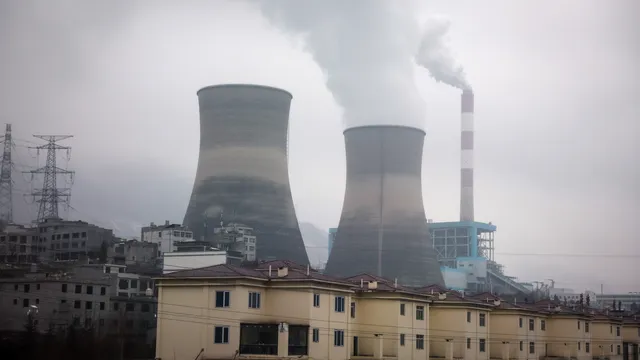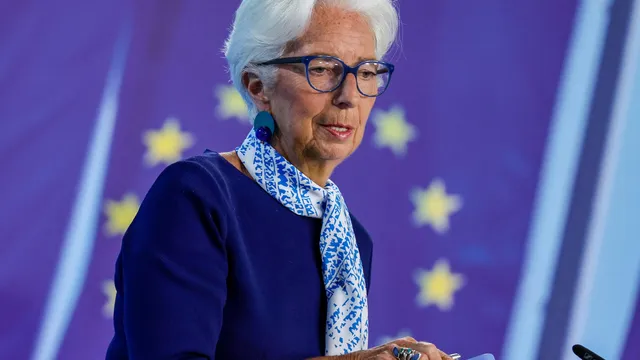China has recorded a sharp rise in new coal capacity in the first half of the year, even as it builds record levels of clean energy, a report by the Centre for Research on Energy and Clean Air (CREA) and Global Energy Monitor (GEM) shows, AFP reported.
Coal has been a key energy source for the country for decades, but the explosive growth of wind and solar capacity in recent years raised hopes that Beijing would be able to wean itself off this polluting fuel. The share of coal in electricity generation is now around 50%, compared with three quarters in 2016. Nevertheless, China brought 21 gigawatts (GW) of new coal capacity into operation in the first six months of the year — the highest half-year figure since 2016.
In addition, the country started or resumed construction of coal plants with a combined capacity of 46 GW — roughly equivalent to South Korea’s entire coal fleet — and announced further projects for 75 GW of new or restarted capacity. The report warns that this expansion threatens China’s goal to peak carbon emissions by 2030 and risks cementing coal’s central role in the energy system.
China is the world’s largest emitter of greenhouse gases that drive climate change, but it is also a global leader in clean energy. “The development of coal power in China … shows no signs of slowing, leaving emissions on a high plateau and keeping coal in the system for years to come,” said Christine Shearer, an analyst at GEM and co-author of the report.
Lauri Myllyvirta, lead analyst at CREA, said much of the boom stems from a wave of approvals for coal projects in 2022–2023, when the power grid struggled to integrate renewables. “Since then, better grid operation and storage systems have addressed those problems, but projects approved back then are still being built,” he added.
Paradoxically, the coal surge comes alongside an unprecedented renewable boom. In the first half of the year China installed 212 GW of solar capacity — a new record and more than all the solar capacity in the United States up to the end of 2024. In 2025 China is on track to bring online enough clean energy from solar, wind, nuclear and hydro to cover the combined electricity consumption of Germany and the United Kingdom.
President Xi Jinping pledged in 2021 to “strictly control” new coal projects and coal consumption, with the aim that coal would begin to decline between 2026 and 2030. Reality so far is different: only 1 GW of coal capacity was retired in the first half of 2025, far short of the 30 GW planned to be retired in 2020–2025.
“Powerful coal-related interests” continue to push for new projects, said Qi Qin, lead author of the report and CREA’s China analyst. According to him, long-term contracts and wide capacity payments keep many plants running at high output even as coal’s share of total capacity falls — a dynamic that risks squeezing renewables out of the system.
China is expected to announce new emissions and energy targets soon as part of its 15th Five-Year Plan for 2026–2030. In April, Xi said the country would present its updated climate commitments for 2035 — its Nationally Determined Contributions (NDCs) — ahead of the COP30 conference in November. |BGNES

 Breaking news
Breaking news
 Europe
Europe
 Bulgaria
Bulgaria







